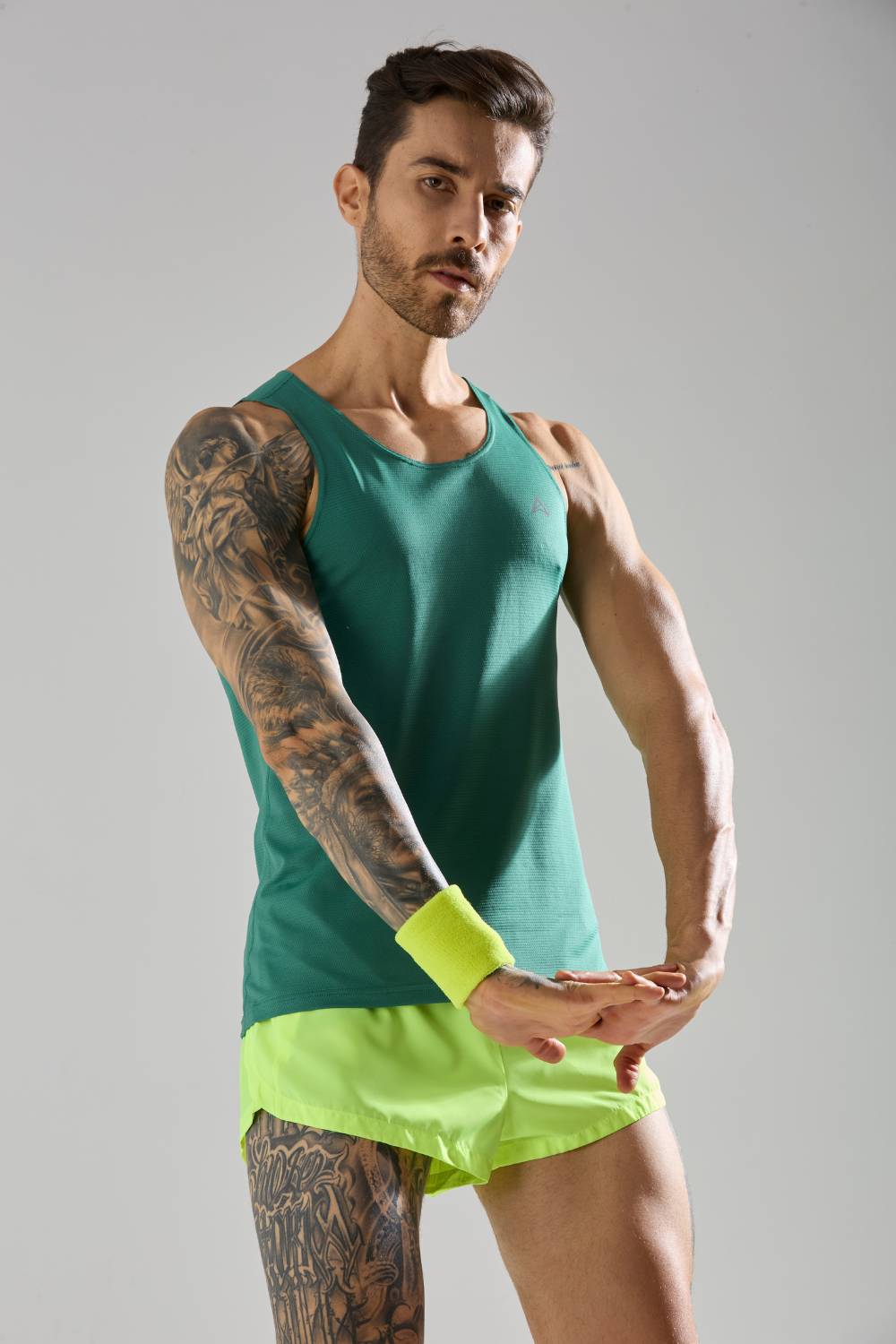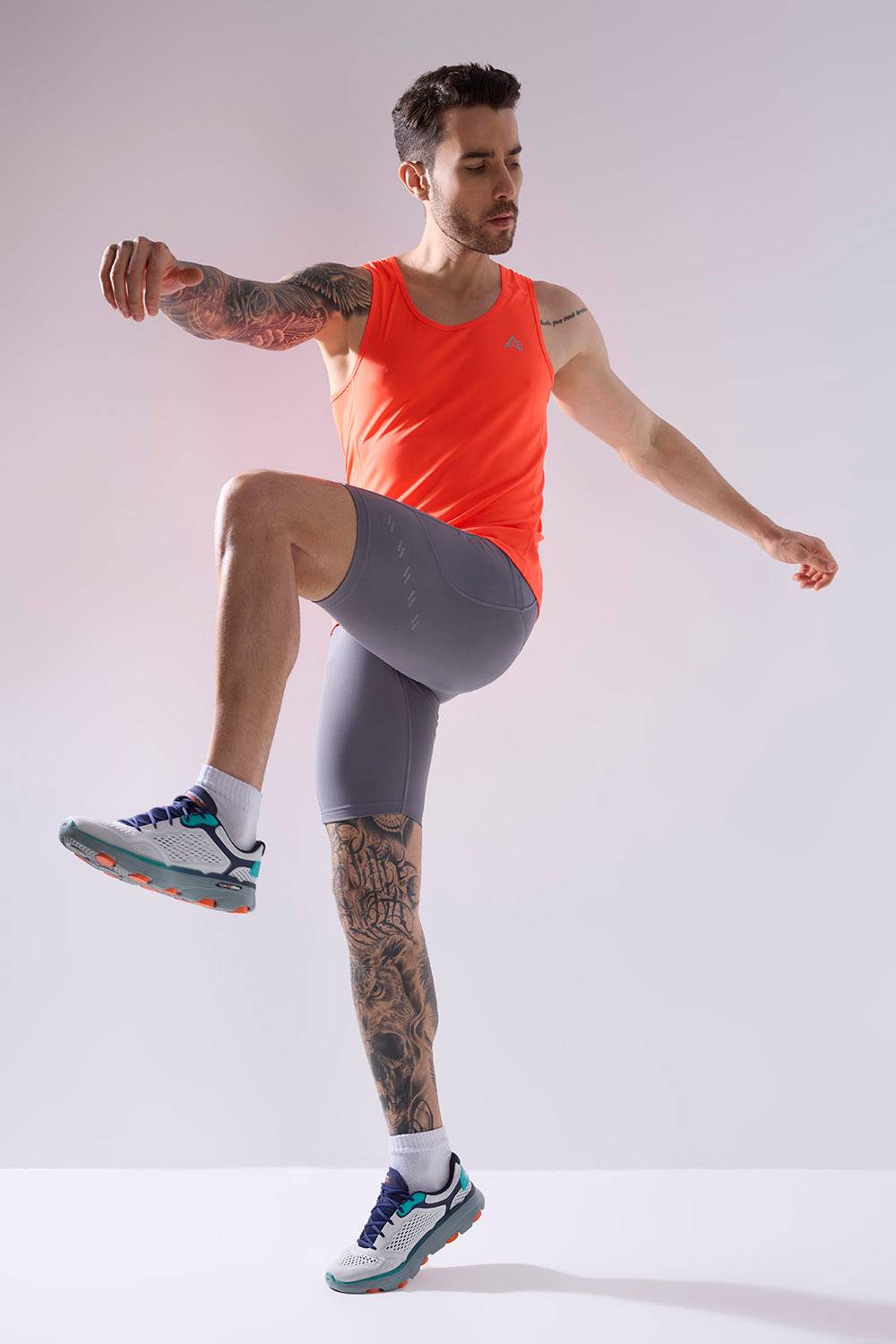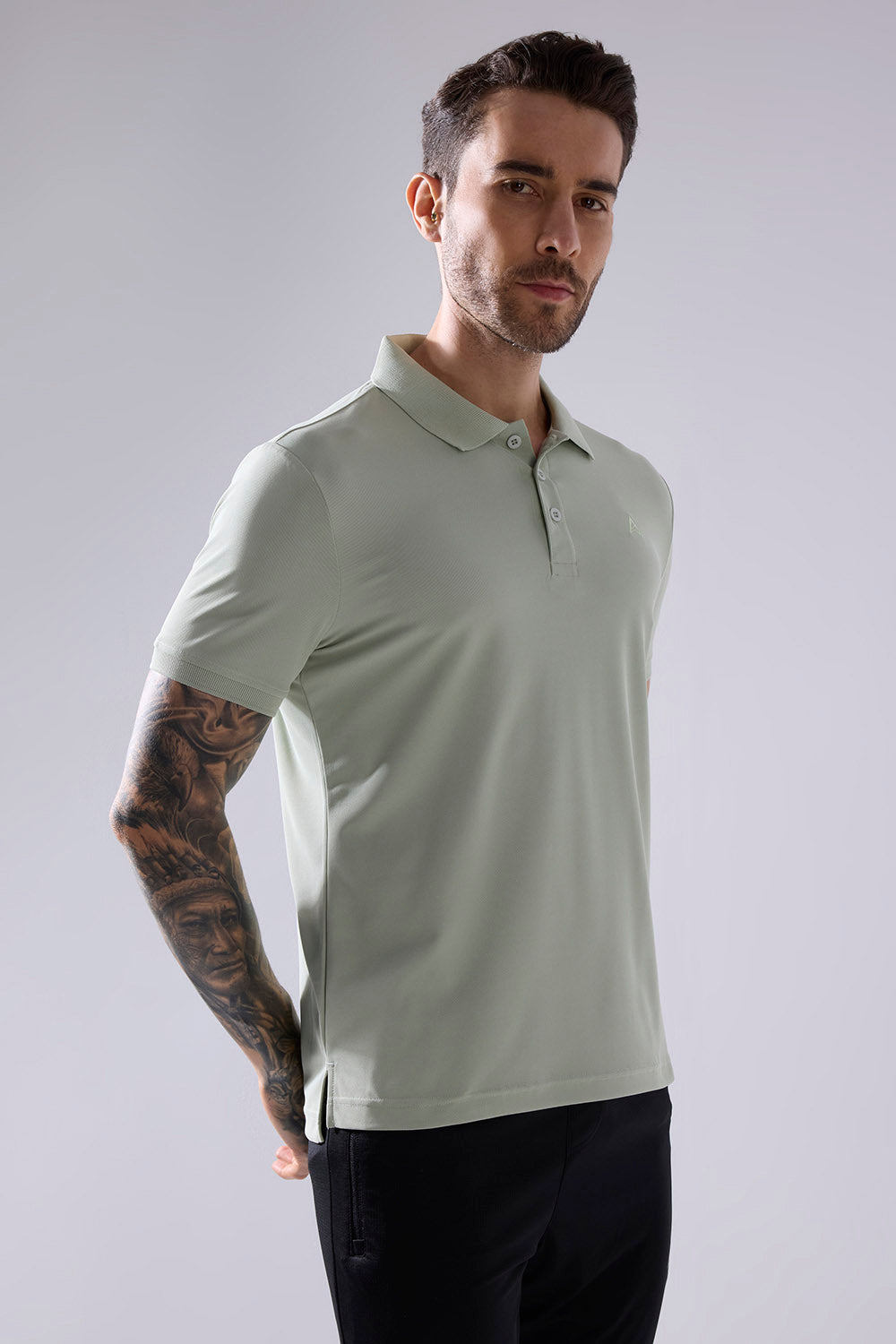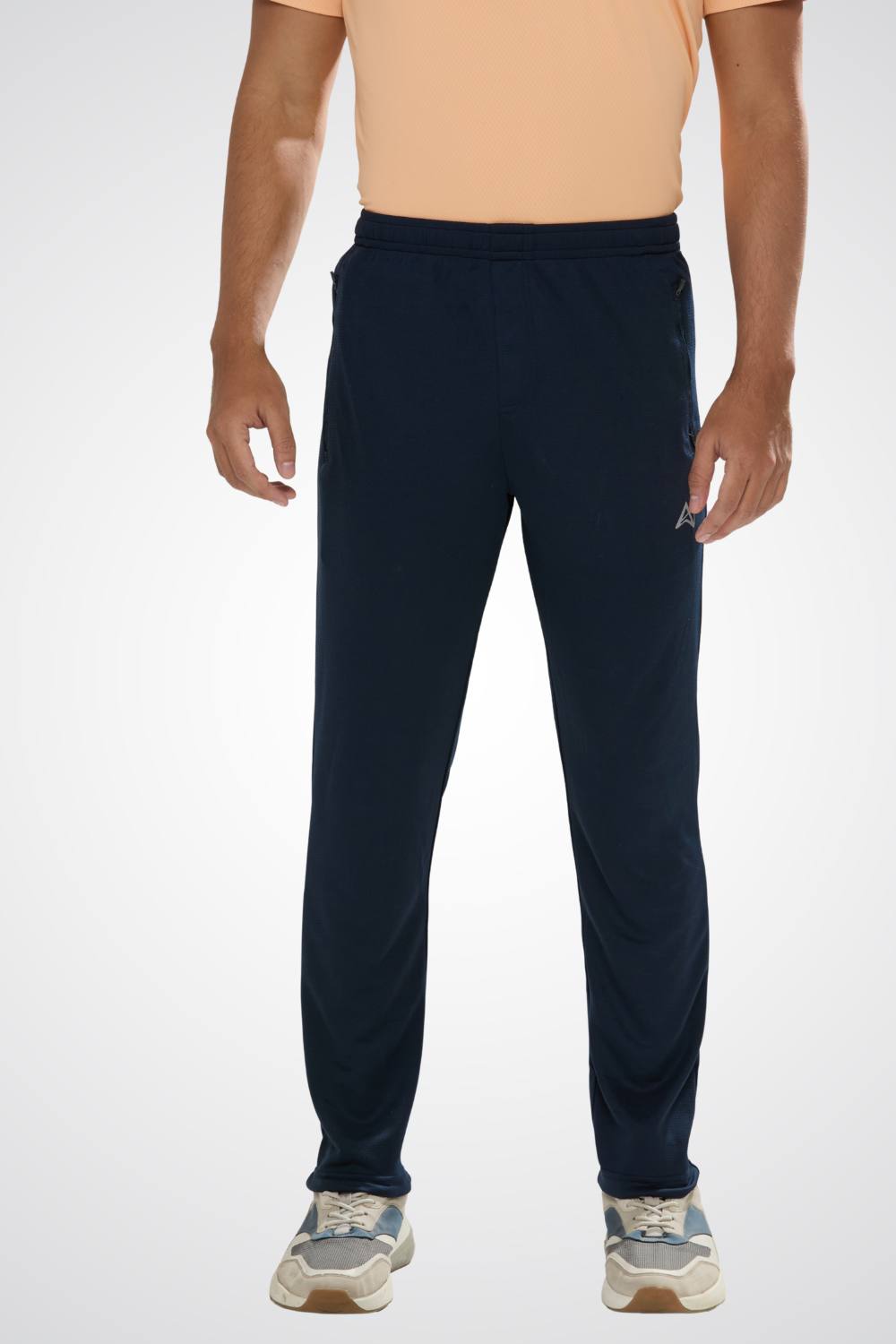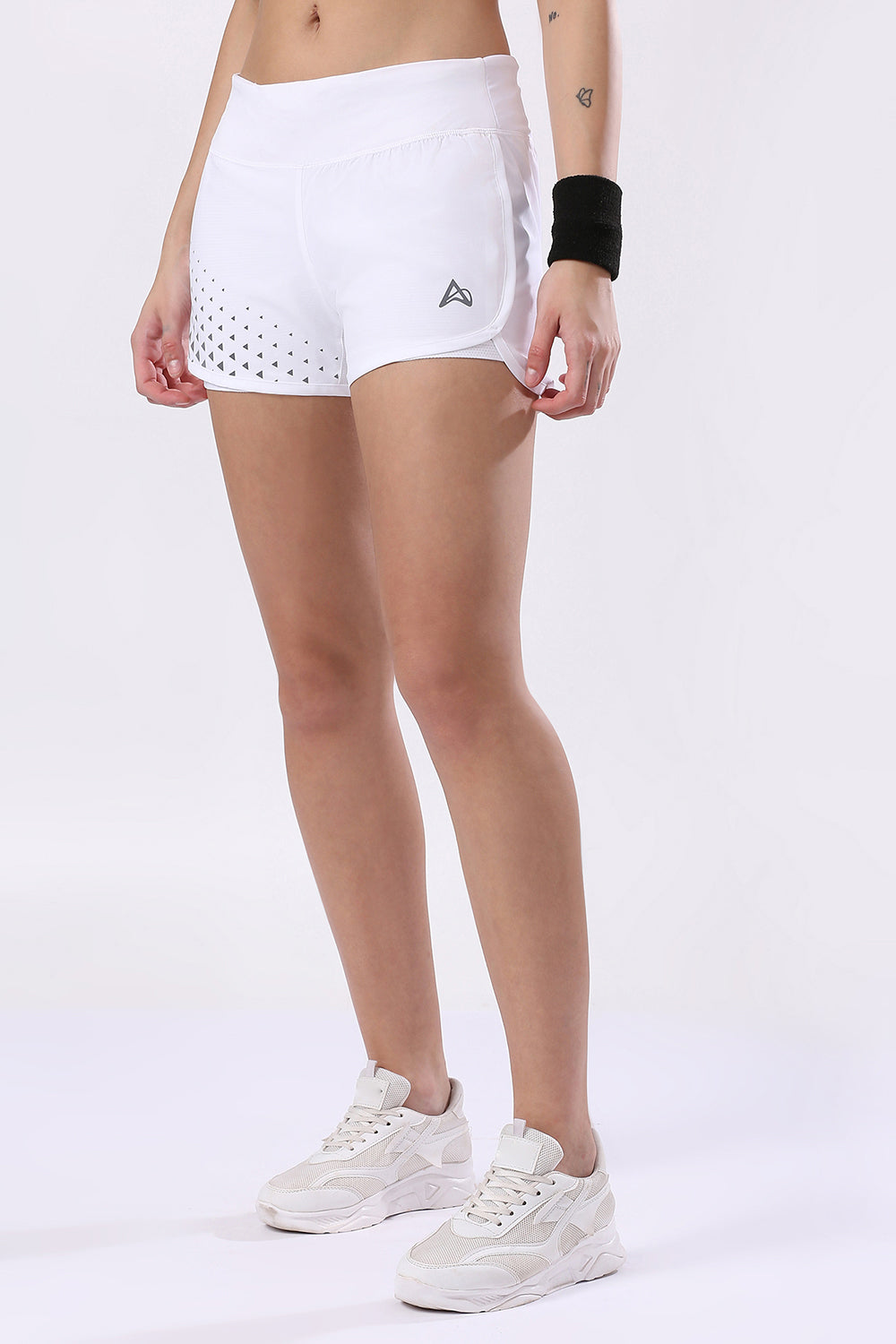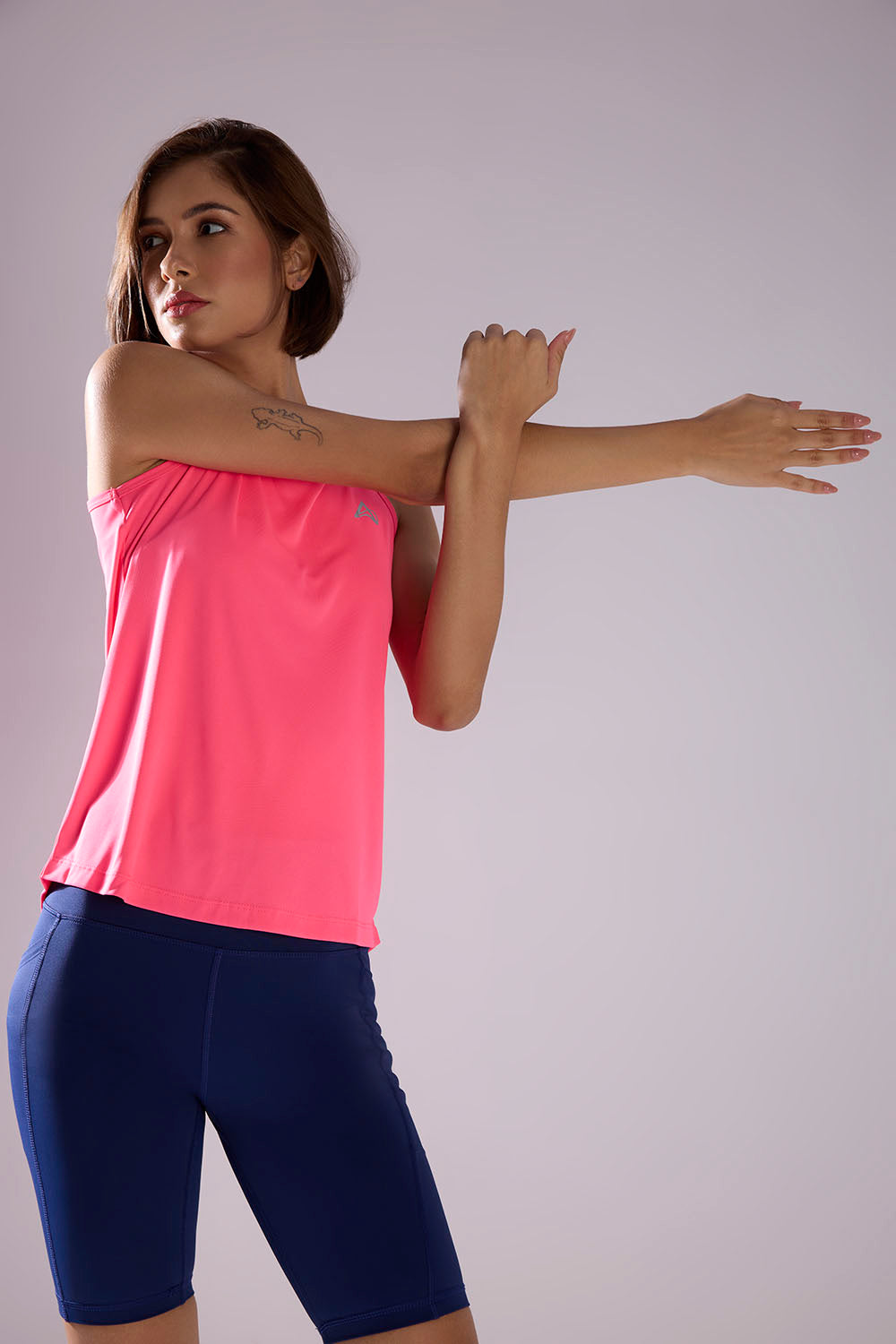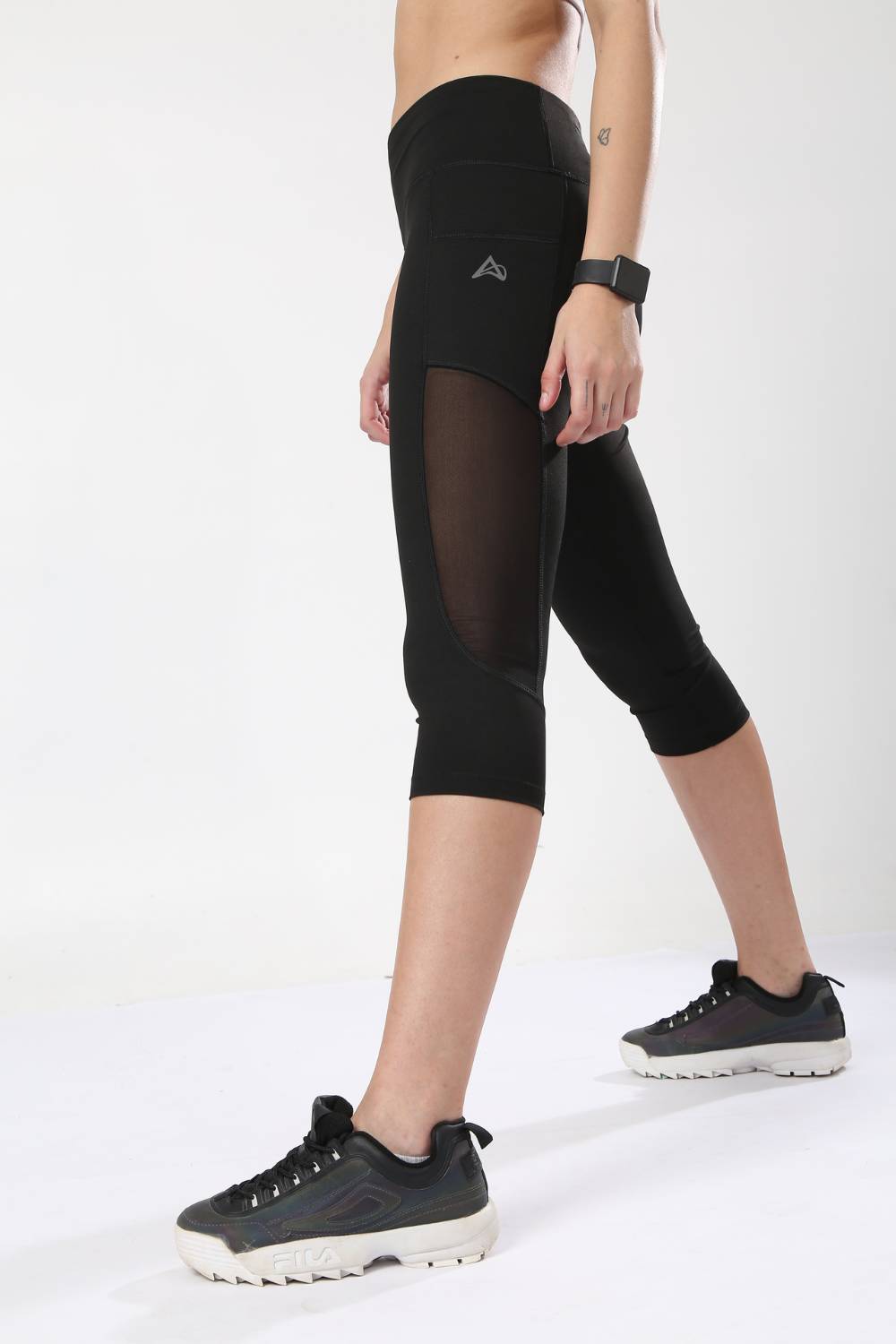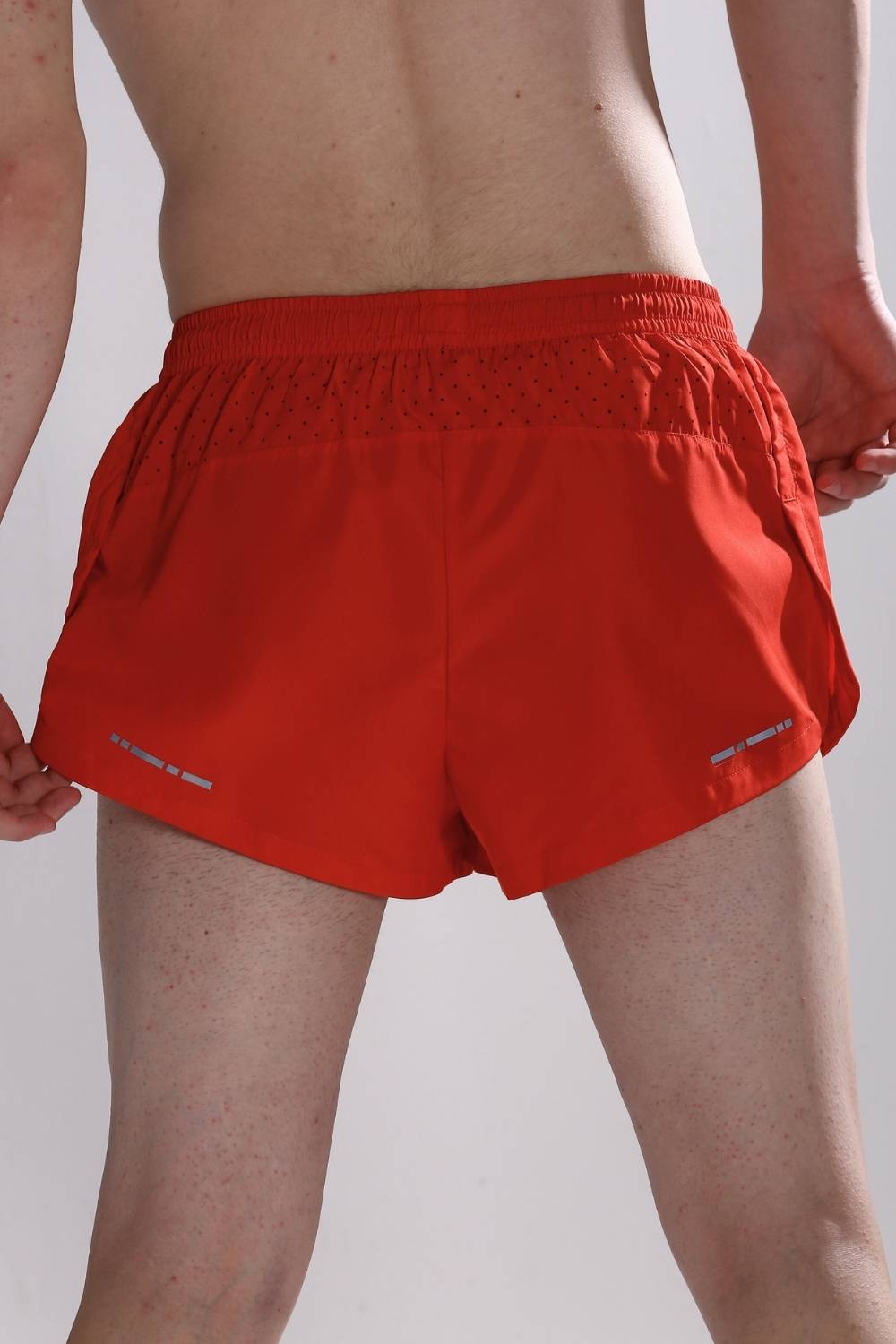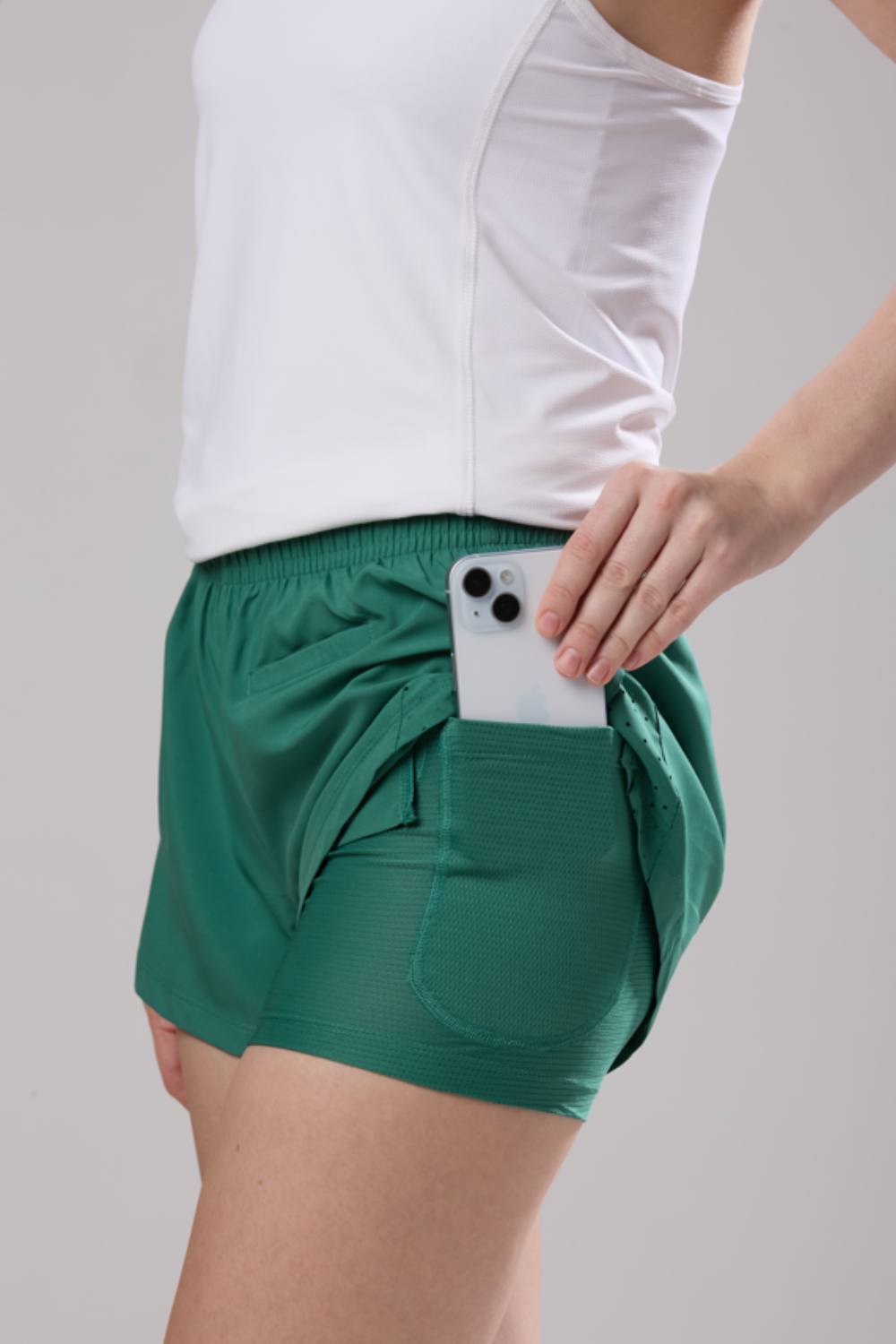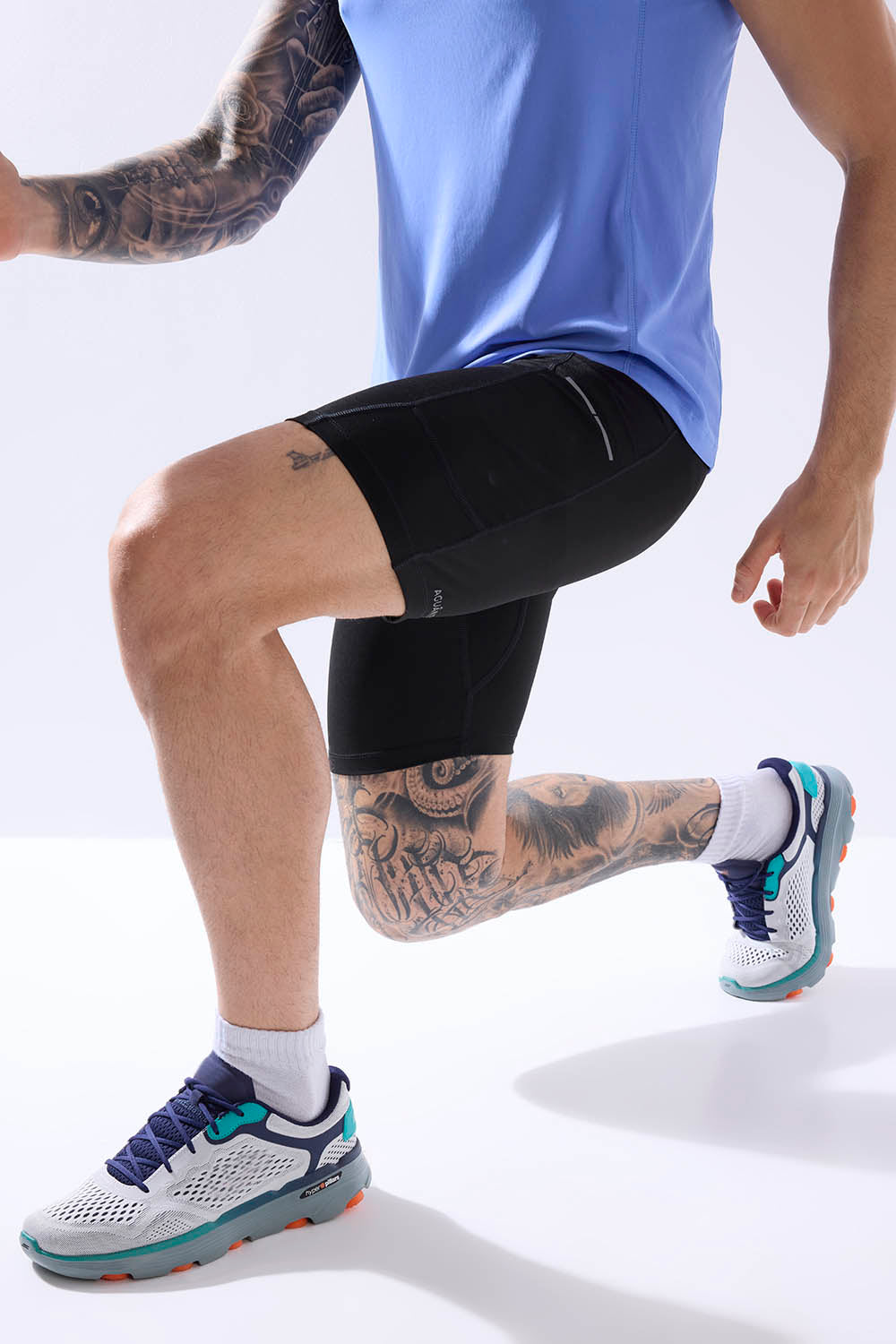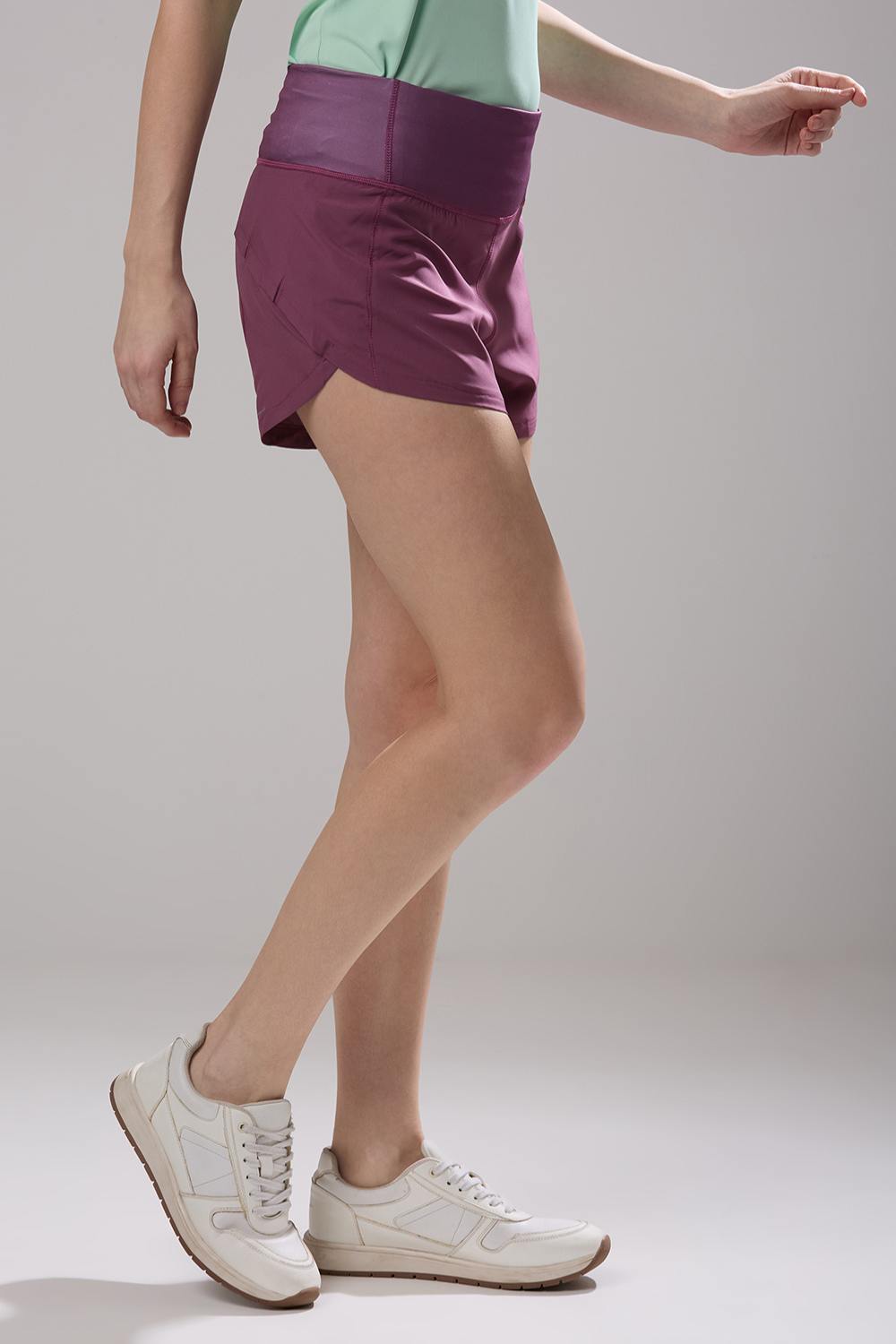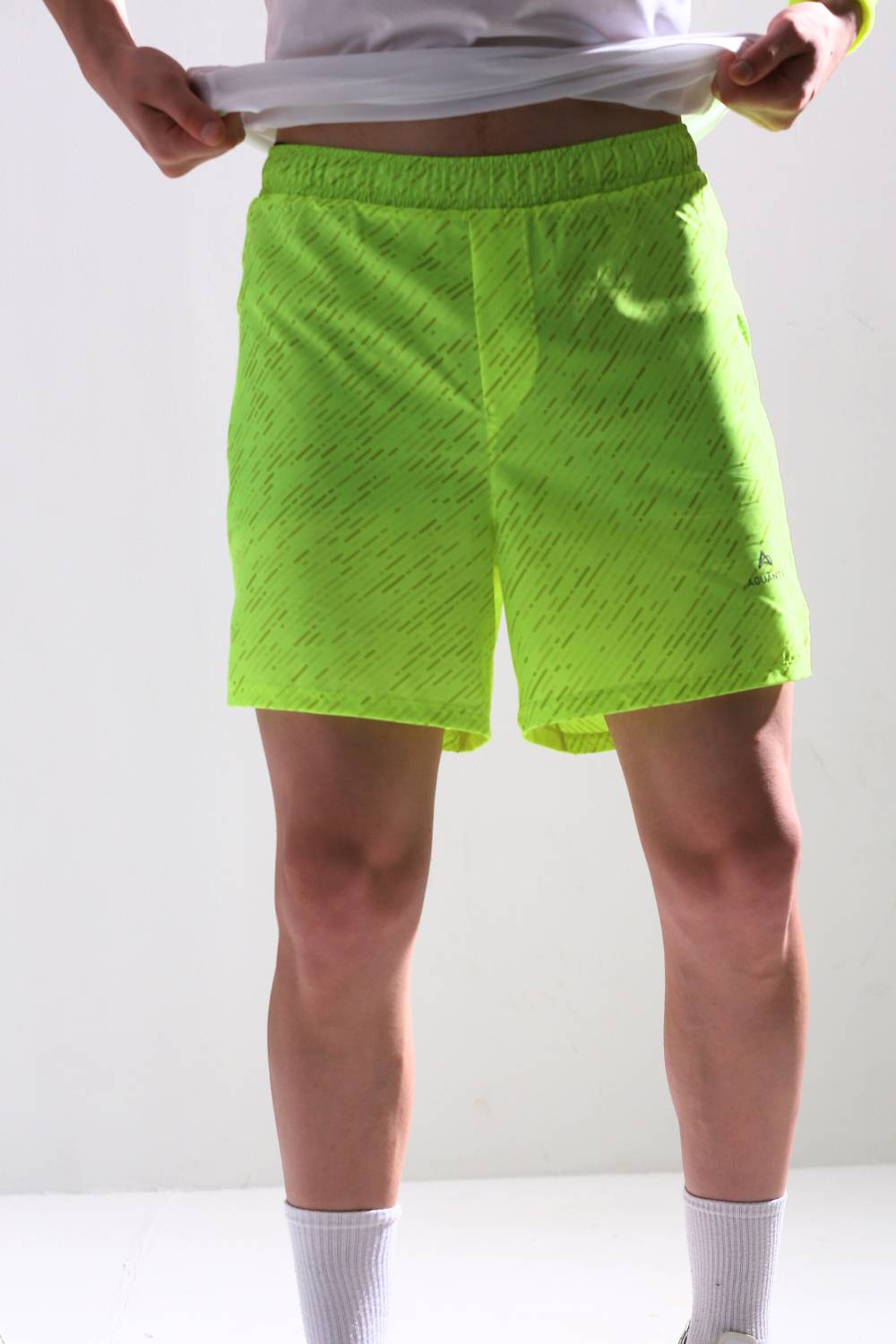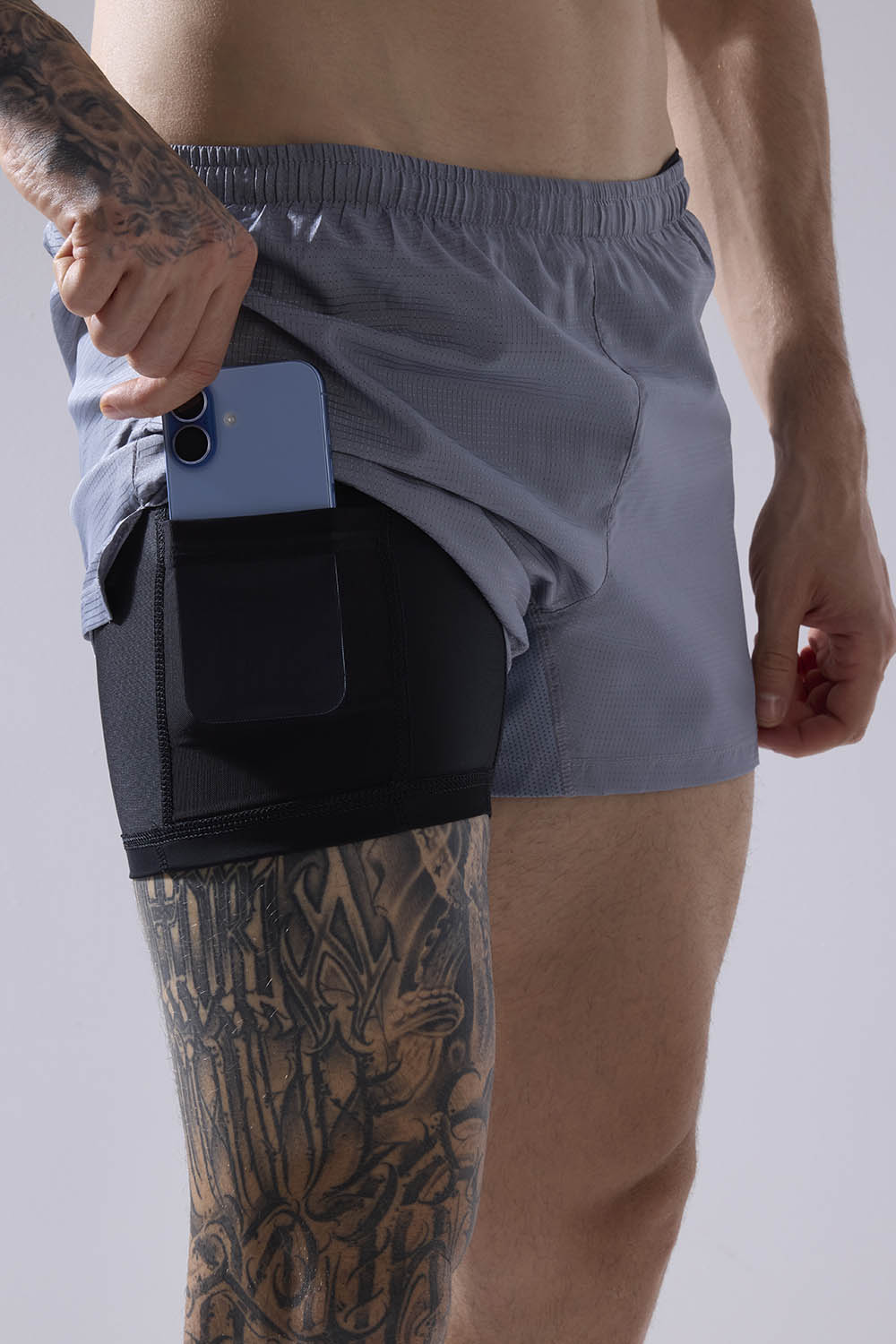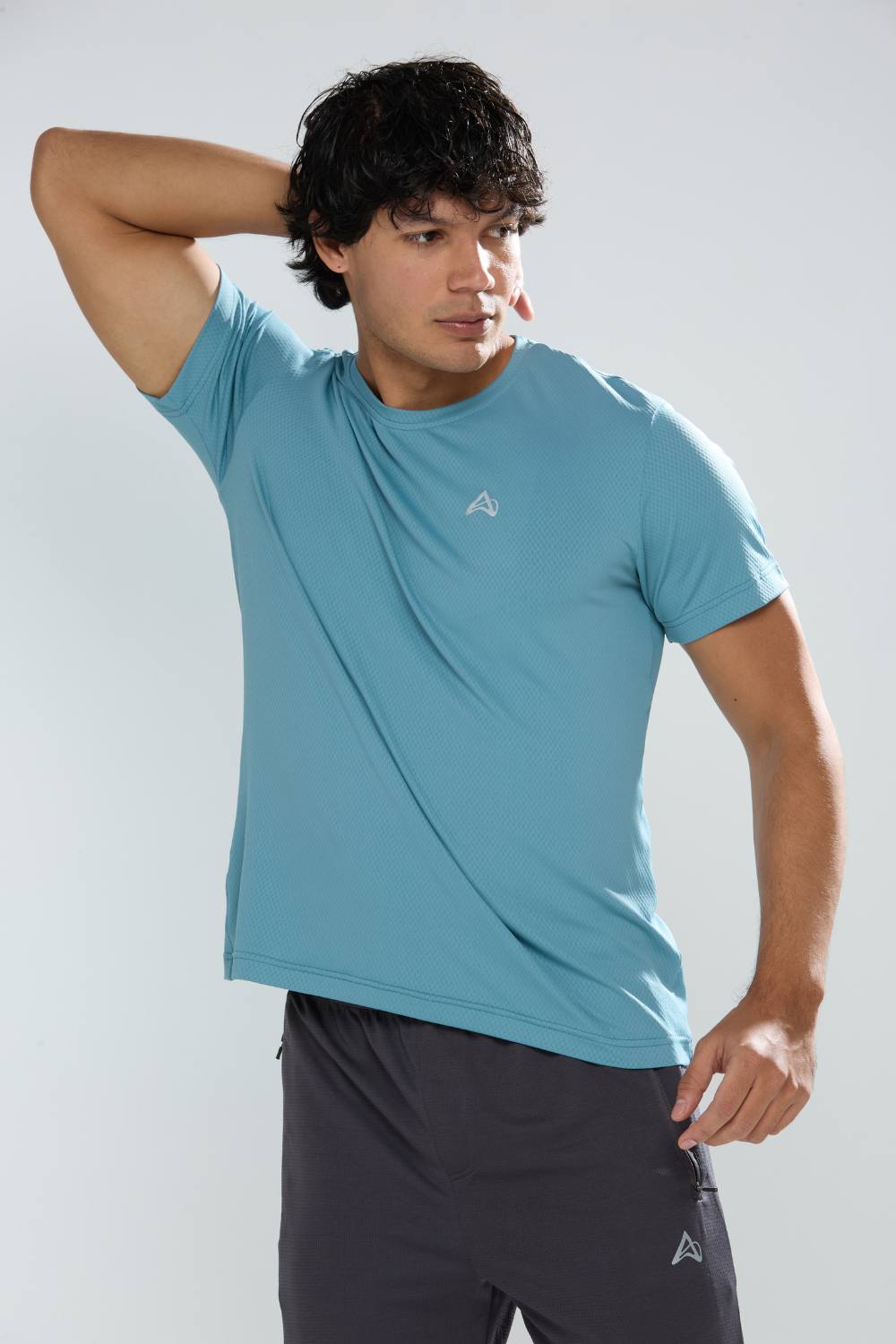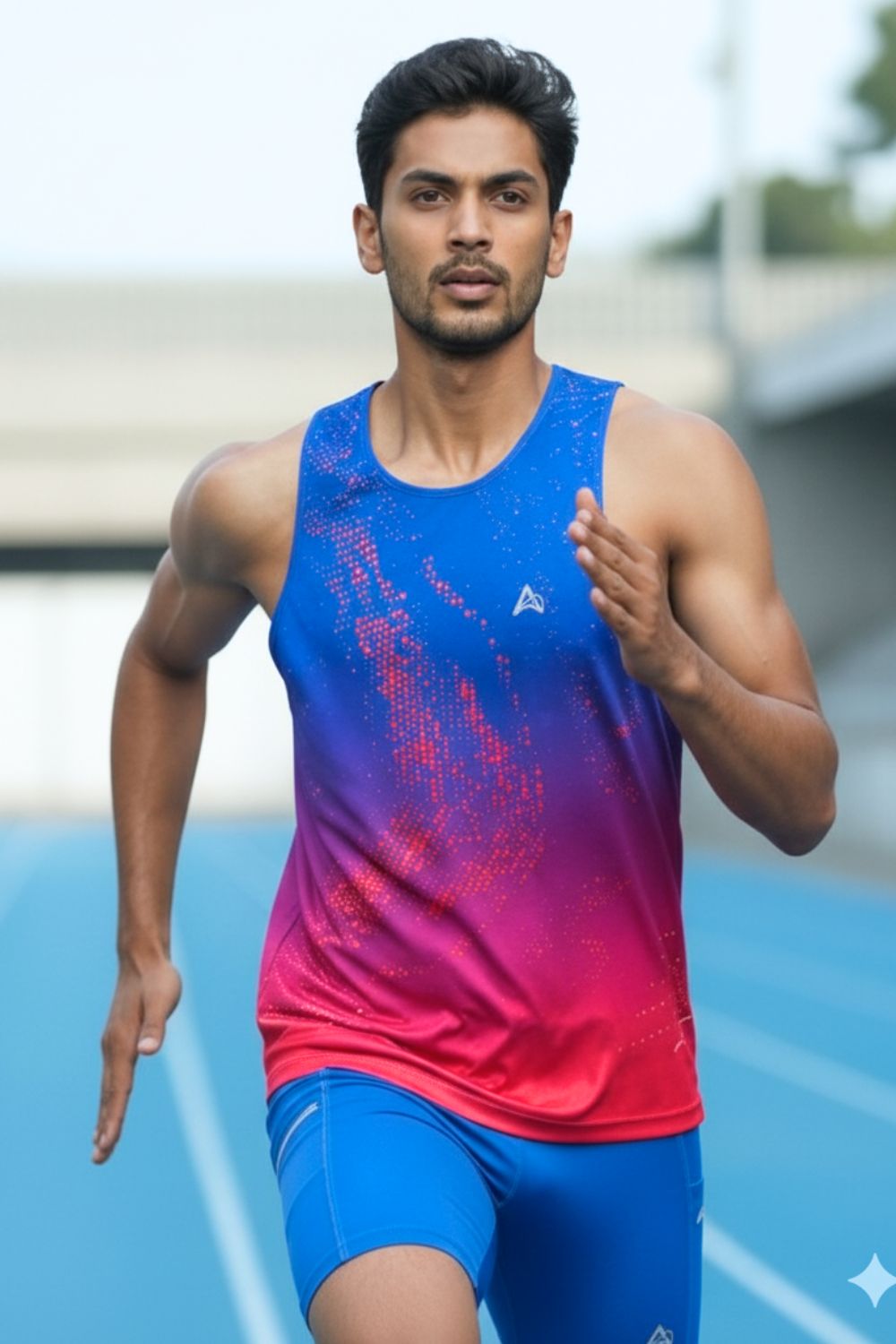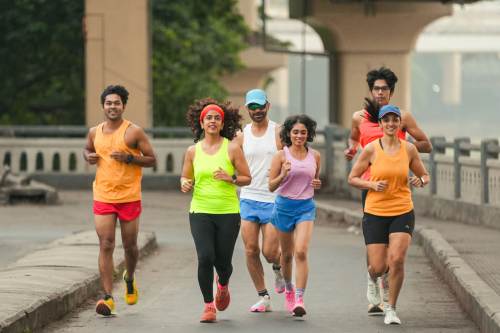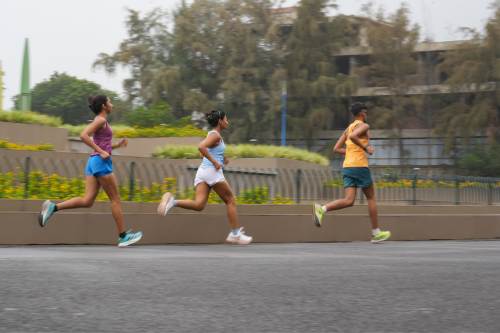Quick Listen:
In the pre-dawn heat of Chennai, runners pound the pavement, their breaths syncing with the rhythm of their steps. India's climate, with temperatures often exceeding 35C and humidity that feels like a second skin, turns every run into a test of resilience. For these athletes, the choice of apparel can make or break their performance. Moisture-wicking tops, engineered to combat sweat and heat, are emerging as a vital tool for Indian runners, transforming grueling sessions into opportunities for excellence.
Tired of gear that slows you down? Chafing, soggy fabrics, and missing pockets kill your run's momentum. At Aguante, we're runners who get it. Our high-performance activewear features moisture-wicking fabrics, ergonomic designs, and smart storage to keep you focused. Shop Now!
How Moisture-Wicking Tops Are Redefining Performance for Indian Runners
India's fitness revolution is in full swing, with marathons and running clubs thriving in cities like Mumbai, Bengaluru, and Pune.The functional apparel market in India, valued at USD 8.89 billion in 2024, is expected to climb to USD 11.86 billion by 2033, driven by a 3.25% compound annual growth rate. This growth reflects a surge in demand for high-performance gear, particularly among runners who face India's relentless heat. At the core of this shift is moisture-wicking technology, a fabric innovation that pulls sweat away from the skin, disperses it across the garment's surface, and allows it to evaporate rapidly. Unlike cotton shirts that soak up moisture and cling uncomfortably, these fabrics keep runners dry, light, and focused, even in sweltering conditions.
The science behind these tops is both simple and sophisticated. Fabrics like Tencel single jersey and polyester mesh use capillary action to transport sweat to the outer layer of the garment, where it evaporates into drier air. This process, detailed in studies on textile performance, reduces the damp, heavy sensation that can drain a runner's energy. Research shows that fabrics with high air permeability and low thermal resistance, such as Tencel, significantly lower microclimate temperature and humidity around the body. For Indian runners battling 35C heat and 30% humidity, this means less overheating and a sharper focus on their pace.
A Booming Running Culture Demands Smarter Gear
India's running community is growing at a remarkable pace. From the Tata Mumbai Marathon to local 10K races, participation is soaring as health awareness takes root. Yet, running in India's tropical climate presents unique challenges. A study on athletic performance conducted in 35C heat with 30% humidity found that traditional cotton t-shirts absorb and retain sweat, weighing down runners and increasing discomfort. Moisture-wicking tops, by contrast, are designed to keep athletes dry and comfortable, whether they're tackling a quick 5K or enduring an ultra-marathon.
Brands like Aguante are seizing this opportunity, crafting apparel tailored to India's humid conditions. These tops go beyond comfort they enhance performance. A study involving 20 well-trained and national-level athletes showed that moisture-wicking garments reduced physiological heat strain during prolonged runs, allowing runners to maintain their pace without overheating. By keeping core body temperatures in check, these fabrics enable Indian runners to push harder and go farther, free from the burden of soggy clothing.
The rise of moisture-wicking fabrics also aligns with global trends. Elite athletes worldwide, from sprinters like Usain Bolt to long-distance runners, rely on specialized sportswear to optimize performance, as noted in discussions of athletic attire. Indian brands are now bridging the gap, combining global textile innovations with local expertise to create gear that meets the needs of runners in tropical climates.
Stories from the Ground: Runners Embracing the Change
Picture a Delhi runner preparing for the Airtel Delhi Half Marathon. Logging 60 kilometers a week in the city's humid summer, he once relied on cotton tees, only to feel weighed down by sweat within minutes. After switching to a polyester mesh moisture-wicking top, he noticed a transformation: his shirt stayed light, his body stayed cooler, and his stamina improved. It's like running without a second thought about the heat, he says, a sentiment echoed across India's running community. From casual joggers to ultra-runners, athletes are discovering the difference that high-performance fabrics can make.
Professional runners are also adopting these technologies. Indian marathoners competing on national and international stages are increasingly turning to moisture-wicking gear to gain a competitive edge. Aguante's designs, for instance, combine sweat-repelling fabrics with breathable meshes, creating apparel that's both functional and suited to India's climate. These tops don't just keep runners dry they help them stay focused on their form and speed, a critical advantage in high-stakes races.
Globally, moisture-wicking technology has long been a staple of athletic wear. Elite runners like those competing in the Olympics wear sleek, sweat-repelling gear to maintain peak performance. Indian brands are now catching up, offering locally designed solutions that rival international standards while addressing the unique demands of India's weather.
Navigating the Challenges of High-Performance Apparel
Despite their benefits, moisture-wicking tops face some obstacles. Durability is a key concern high-performance fabrics can lose their wicking properties after repeated washes, a problem for runners who train daily. Cost is another barrier. While cotton tees are inexpensive, moisture-wicking apparel often carries a premium price, which can be a hurdle for budget-conscious athletes. In smaller cities, where access to specialized gear is limited, awareness of these fabric's benefits is still growing, slowing market adoption.
Educating consumers is a challenge as well. Many runners are unfamiliar with the science behind moisture-wicking technology or hesitant to invest in pricier gear. Brands like Aguante must work to bridge this gap, demonstrating the tangible benefits of their products. Yet, for those who make the switch, the results speak for themselves: enhanced comfort, reduced heat stress, and better performance make the investment worthwhile.
Seizing Opportunities in a Growing Market
The rise of moisture-wicking apparel presents significant opportunities for brands to innovate. With the functional apparel market set to grow steadily, companies like Aguante can expand their offerings to cater to diverse running needs, from lightweight tops for sprinters to durable gear for long-distance runners. Strategic partnerships with running events, fitness influencers, and local clubs could further strengthen brand loyalty, as athletes seek gear that aligns with their goals.
Consumer demand is also shifting. As running becomes a lifestyle for more Indians, the appetite for high-performance apparel is growing. The athleisure trend clothing that blends functionality with everyday style is expanding the market, with moisture-wicking tops finding favor among gym-goers, yoga practitioners, and casual fitness enthusiasts. This broad appeal is driving demand across urban and semi-urban areas, signaling a bright future for the industry.
A Bright Future for India's Runners
Moisture-wicking tops are more than a passing trend they're a cornerstone of India's evolving running culture. Fitness experts emphasize their impact: When you're not battling a soaked shirt, you can focus on your stride and breathing, says a Bengaluru-based running coach. Looking ahead, innovations like smart textiles and sustainable materials promise to further elevate performance apparel, as highlighted in market projections.
For runners facing India's heat and humidity, choosing the right gear is as critical as training itself. A quality moisture-wicking top should be lightweight, quick-drying, and suited to the runner's needs whether it's a breathable polyester mesh for speed or a soft Tencel blend for endurance. As dawn breaks over India's trails, runners are lacing up, slipping into their high-tech tops, and hitting the ground with confidence. In a land where the climate challenges even the toughest athletes, moisture-wicking apparel is proving to be a vital ally, paving the way for faster, cooler, and more triumphant runs.
Frequently Asked Questions
Are moisture-wicking running tops worth the higher cost?
While they may be pricier than cotton tees, moisture-wicking tops offer long-term benefits such as better comfort, performance, and reduced heat fatigue. Many runners report noticeable improvements in stamina and focus, making them a valuable investment for serious athletes in India's demanding climate.
How do moisture-wicking fabrics compare to cotton in hot Indian climates?
Unlike cotton, which absorbs sweat and becomes heavy, moisture-wicking fabrics like Tencel and polyester mesh stay dry and breathable. These materials reduce heat stress and improve airflow, keeping runners cooler and more focused during workouts and races in tropical conditions.
What are moisture-wicking tops, and why are they important for Indian runners?
Moisture-wicking tops are athletic garments made with fabric technology that pulls sweat away from the skin, allowing it to evaporate quickly. For Indian runners battling high heat and humidity, these tops help prevent overheating, reduce discomfort, and enhance endurance making them essential for peak performance.
Disclaimer: The above helpful resources content contains personal opinions and experiences. The information provided is for general knowledge and does not constitute professional advice.
You may also be interested in: Running Gear for 5K Races: Picks for New Runners
Tired of gear that slows you down? Chafing, soggy fabrics, and missing pockets kill your run's momentum. At Aguante, we're runners who get it. Our high-performance activewear features moisture-wicking fabrics, ergonomic designs, and smart storage to keep you focused. Shop Now!
Powered by flareAI.co


